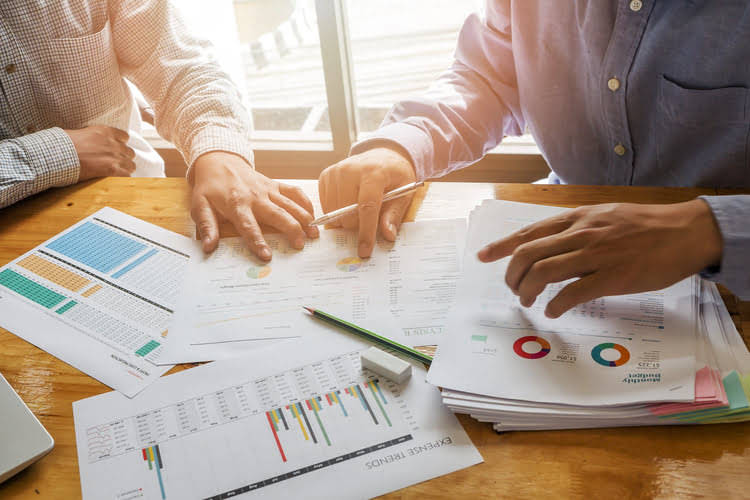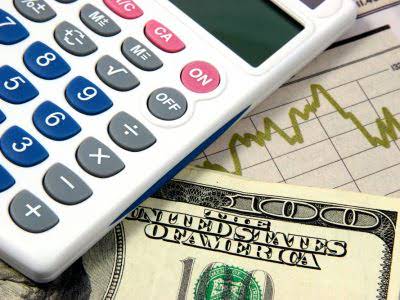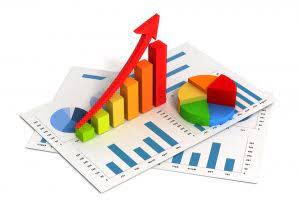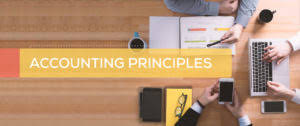
The key difference is that these are items that will be used relatively quickly rather than ‘fixed’ or held within the business fixed asset accounting process for use over the longer term. A fixed asset is a physical entity which is used by the business and that has a monetary value. Each fixed asset is not something that will be used up (such as stock or raw materials) or sold within the next year (hence why the asset is termed ‘fixed’).

Overview of Capital Assets

This better shows the composition of an organization’s fixed assets and gives readers of financial statements more visibility into how fixed assets are being used. For example, a manufacturing company will probably have significant amounts of machinery and equipment as those are key to the primary business operations in that industry. Depending on the nature of an entity’s business, it may make sense to group items that share common characteristics or purposes. When a business acquires a fixed asset, it is included in financial reporting, usually as PP&E on the balance sheet. Fixed assets are initially capitalized on a company’s balance sheet and periodically depreciated.
Depreciation

Fixed assets commonly appear on a company balance sheet as property, plant, and equipment (PP&E). This van will be used to transport products efficiently and serve their growing customer base. When the company buys this van, they need to record the transaction in their financial records. This process involves making a journal entry to reflect the purchase of the van as a fixed asset on their balance sheet. Now, let’s break down how this transaction is recorded step by step with a simple example. Documentation and record-keeping best practices are critical components of Fixed Asset Life Cycle Accounting to ensure accuracy, compliance, and effective management of fixed assets.
- Methodologies for allocating amortization to each accounting period are generally the same as those for depreciation.
- It’s the process of accounting correctly for the capital assets owned and managed by your organisation.
- Impairment applies only to significant assets which prove not to be as financially viable as expected.
- Long-term assets are the remaining items that can’t be replaced with cash within one year.
- This interoperability minimizes the risk of errors and ensures data consistency across all your financial systems.
Compliance and Reporting Tools for Fixed Assets
- Effective fixed asset management is a critical component of long-term financial success.
- Not every stage is relevant for every fixed asset – so for example, depreciation doesn’t usually apply to land.
- With the exception of land, fixed assets lose value over time due to wear and tear, obsolescence, or other factors.
- When in doubt, consulting with a qualified accountant can provide clarity and ensure you’re handling these costs correctly.
The majority of fixed assets are purchased https://www.bookstime.com/articles/what-is-a-bookkeeper outright, but entities sometimes borrow funds to purchase fixed assets or pay to use a piece of property or equipment over a period of time. Lease accounting is separate from fixed asset accounting and is covered under US GAAP by ASC 842, Leases. When a fixed asset is disposed of, it is crucial to accurately record the transaction through a disposal journal entry. You should always verify the fixed asset depreciation journal entry as it keeps getting accumulated over time. This entry ensures that the asset’s carrying value is appropriately adjusted and that any gains or losses from the disposal are properly recognized.

Disposal of Fixed Assets:
Proper documentation and record-keeping practices ensure transparency, compliance, and accountability throughout the asset’s life cycle. How you record and track asset data, calculate depreciation, manage expenses, and comply with accounting standards directly affects your tax liability and earnings. Different depreciation methods can impact your taxable income in different periods. Staying informed about tax regulations related to fixed assets and implementing sound accounting practices can help optimize your tax strategy and ensure compliance. Consider exploring our Accruer software for assistance with revenue recognition and expense accruals.
How does sustainability integrate into fixed asset lifecycle management?
On that note, it’s essential to consider that the value of assets tends to decline over time due to potential damage or impairment, and depreciation. Fixed asset accounting is a great way to understand the actual value of Accounting Periods and Methods the assets your business relies on. 5 years divided by the sum of the years’ digits of 15 calculates to 33.33% which will be used to calculate depreciation expense. The market value always subtracts the residual value from the total cost of the item, while the reinstatement value is the amount you’d pay to get the same item without the depreciation costs. The units of production method assigns the same value to each unit your asset produces, which lets you write off more the more you use the equipment.
- To paint a better picture of how asset disposal is documented, we’ll go through three common journal entry scenarios.
- Software solutions can automatically calculate depreciation using various methods, ensuring adherence to relevant accounting principles.
- At times, you may want to revalue your fixed assets because real estate values rise and equipment prices fall frequently.
- In your accounting books, the disposal stage is when you remove the item from your books and mark a gain or a loss.
Additionally, expenses directly related to acquiring, constructing, or preparing the asset for its intended use are capitalized, while incidental costs are usually expensed. Initial valuation involves determining the fair value or cost of the asset at the time of acquisition, including all costs necessary to bring it to its present condition and location for its intended use. Compliance with these criteria ensures accurate financial reporting and proper asset management throughout their life cycle.
